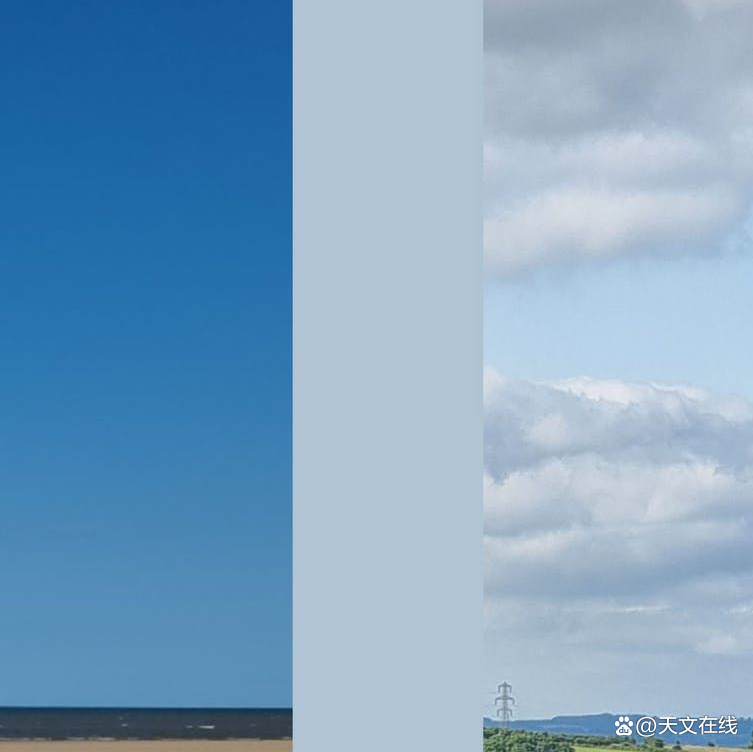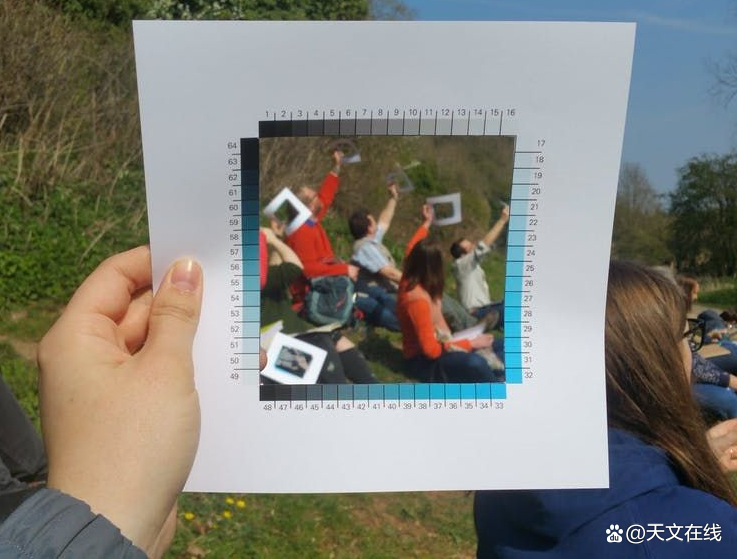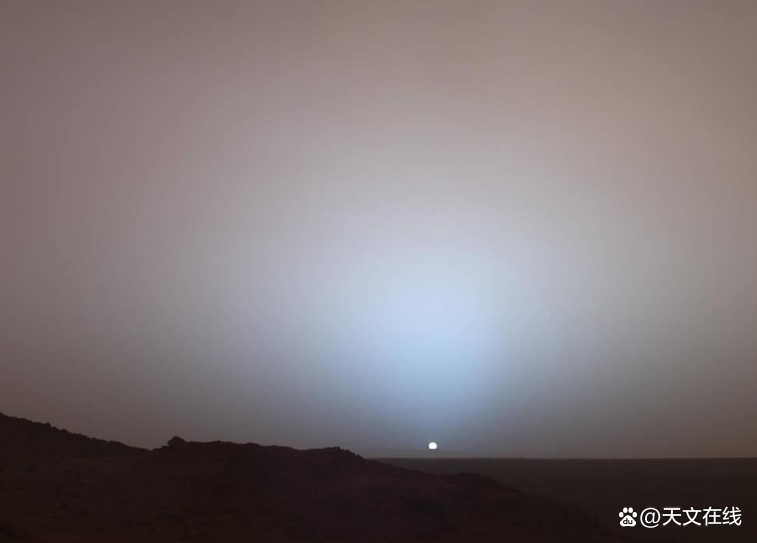Why is the sky blue?Why are there so many colors in the sky?Answer this article one by one
Author:Astronomy online Time:2022.07.27
Who made the bright sky?
This year is named after the color of "bright sky" -why the sky has so many colors in addition to blue
Color of the sky

According to the painting manufacturer Delux, the keywords of the sky color in 2022 will be "bright".
We are already familiar with this soft blue. Regardless of the time and place of the sky, the color of the sky makes us accustomed to it.
However, if you gradually look up from the horizon, the sight expansion to the entire sky, in different weather, from dawn to midnight, look up to observe the color above the dome, you will find that the sky is not only one color, but colorful, but colorful, but colorful, but colorful, but colorful, but colorful, but colorful, but colorful, colorful, colorful, but colorful, but colorful. It is extremely gorgeous. In the past century, physicists have been striving to explore why the sky shows such colorful colors, from colorful blue to bright red, as well as colorful green. What did we find when we look up at this bright sky and immerse themselves under the sky?

The bright sky of Delology has almost no water vapor (left) compared with the blue sky near the horizon, and the sky of the dark clouds indicates that the water vapor content is higher (right).
Image source: Daniel Brown, Author Provided
This is because sunlight is a mixed color of electromagnetic waves of different wavelengths, and the difference in wavelengths is exactly the difference in color. Generally speaking, the short wave looks biased towards blue, and the longer wave looks yellow, and the longer waves show the red appearance.
When different color light appears together, white light appears, and the mixed color light of solar radiation is exactly the same, but these light must pass through the atmosphere before reaching our eyes, and the atmosphere contains many particles. Their diameter is better than the solar light line. The wavelength is much smaller. So when the light is illuminated to these particles, the particles in the atmosphere scatter the light to all different directions. This phenomenon is called Ryli scattering.
In this process, blue light with short wavelengths is easier to scatter, so most of the sky we see is blue. At the same time, the sun looks more yellow, because many blue lights in the light are weakened by scattering.
In Yorkshire Sculpture Park, the sky can be directly seen through the deer shed device of James Turrell.

(Picture source: daniel brown)
Daily sky
The sky during the day is not the same blue everywhere. You are more likely to find Dalo's obvious sky color in the place near the horizon, where the blue there is more obvious or lighter.
This is the impact of the Michael scattering. The Michella scattering process is similar to the Ruili scattering process, but in contrast, it is caused by more particles (such as the fine pollution particles in water vapor or small water droplets). These types of particles can act on the red, yellow and blue light in the white light, and remove these ingredients to the same extent, and this effect does not change the color of the light through the atmosphere or scattering back to the observer. The Michael scattering caused the sky to become whiter.

This is because on the horizon, light must pass through more earth atmospheres to reach the eyes of the observer. Naturally, more particles must be passed, so the sky near the horizon looks more white. All colors of blue are always regarded as the natural representative color of the sky. The whiter the color of the sky means that the other particles it contains more.
The 18th -century Swiss geologist and alpine explorer Heras De Sosur invented a tool Bénédics, a tool that measured the number of suspended particles in the sky, also became a Bluetooth, and it was a color wheel with 53 different colors of color wheels For observer compare with the sky, so as to better judge the color of the current sky.
A modern version of the Blue Settlement

(Picture source: daniel brown)
Ozone blue at dusk
If you observe the sky at dusk, the red red reflection, especially the sky near the sunset, is always filled with enthusiastic red. This is because the thickness of the atmosphere worn by the sun in the evening is much thicker than noon. So when it reaches the earth, it will experience more Raylie scattering, and it will lose more blue light. Of course, if other air -soluble gums appear at the high level of atmospheric atmosphere -such as the ashes generated by the volcanic eruption, the color of the sky will be wider and colorful at this time.
After the sun falls, the sky will show strong blue again. But at this time, it cannot be explained with Ryli scattered or Michella scattered. This color is more due to the existence of ozone (a colorless or light blue gas), and ozone does not scatter light, but will absorb and break down light.

The effect of ozone on the color of the sky can only be noticed when the solar light needs to pass through more atmospheres to reach the earth (for example, when it passes away from the horizon). It strongly absorbs the red and orange light in the sky, making the small amount of light we see in the dusk into blue.

Red and blue -green nights
At night, if you go to a place without light to look up at the starry sky, you will see the orange glow of the sky. Yes, although there is no sunlight, the sky at night is completely black. On the contrary, the atmosphere seems to exudes some kind of weak light, which we call air glow. This light is produced by oxygen, nitrogen and other elements from 60 to 190 miles (100 to 300 kilometers).
Such light has always been there, but because it is too weak, it is difficult to see when there is sunlight in the sky, but once the sun falls, there will be some dull red or blue -green in the black sky. You can use it. Camers that are more sensitive than eyes capture them, and because of low brightness, the vision of our eyes recognition color will weaken, so it may only be gray -black with the naked eye. The sky of different colors shows us the way light and atmosphere interact. Through this science, we have also learned the way to identify and explore signs of life in the sky of the outer planet by analyzing the light from the solar outer planet (outer planet). In 2001, we detected traces of the atmospheric layer in an outer planet HD 209458 B (sometimes also known as Osiris). In 2019, scientists even discovered the traces of water in the atmosphere of an outer planet (K2-18B), indicating that the temperature of the planet can support our knowledge.

By: daniel brown
Fy: Bingyang
If there is related content infringement, please contact the author to delete after the work is released
Reprinted, please obtain authorization, and pay attention to maintaining integrity and indicating the source
- END -
The good guy who was trapped in the muddy stream in Ya'an Sichuan found: In the case of this situation, anyone will come forward to help

Cover news reporter Xiao YangOn July 16, due to the rainfall, mudslides occurred ...
Donggang: Strict control of drowning

Live Live Rizhao July 25th. Since the summer, Donggang District has strengthened t...